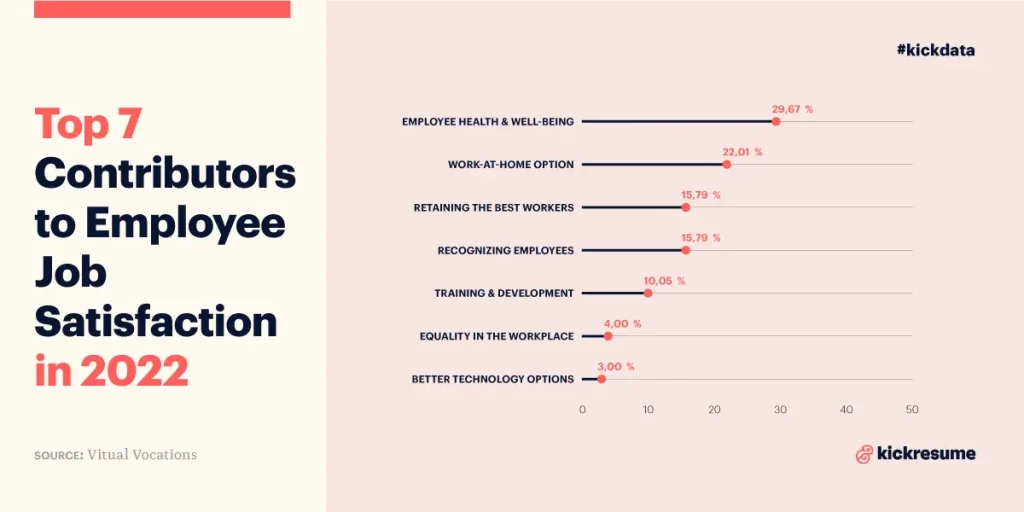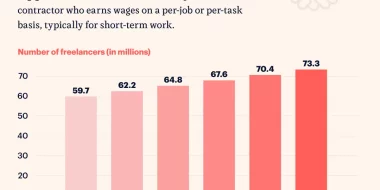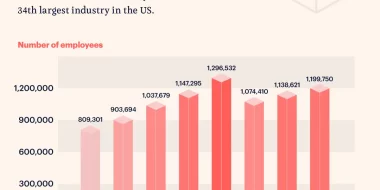Top Contributors to Employee Job Satisfaction in 2022
It’s only natural that main drivers of employee satisfaction change over time according to the needs of the day. What used to be a non-essential job perk before the pandemic may now (for many) be a crucial aspect when considering a job offer.
According to the Virtual Vocations job satisfaction survey that polled 381 working-age adults, 53.11 percent of employed workers were overall satisfied with their jobs in 2022.
The question is, what exactly contributes to the general employee satisfaction?
Employers’ primary focus should be their workers’ health and well-being
When respondents were asked about what they think should be the top priority for employers this year, health and well-being ranked at the top — at 29.67 percent.
Employee well-being and health — physical as well as mental (burnout is still an issue) — has become a huge talking point, especially amid the COVID-19 pandemic.
And sadly, 52.63 percent of polled workers still have doubts about their employers being able to create a safe work environment.
Remote work is agreed to be the next top priority
Based on the survey, employers’ next top priority (at 20 percent) should be implementing home office arrangements whenever appropriate. The work-from-home option has for many applicants become a key motivator when considering a job offer.
Above 40 percent of employed workers claimed that they would be prepared to quit their current jobs in order to pursue a position with more remote work options.
However, just like anything else, working remotely has its perks and drawbacks. According to a survey from Buffer.com, not being able to disconnect from work (25 percent of respondents) and dealing with loneliness (24 percent) were the top two struggles for remote workers this year.
As evidenced by pre-pandemic job satisfaction surveys, employee happiness factors can vary significantly depending on the circumstance.
Yet another example of it is the SHRM poll from 2017 where respectful treatment of all employees (65 percent), compensation (61 percent), and trust between workers (61 percent) ranked as the top three contributors to employee satisfaction that year.



